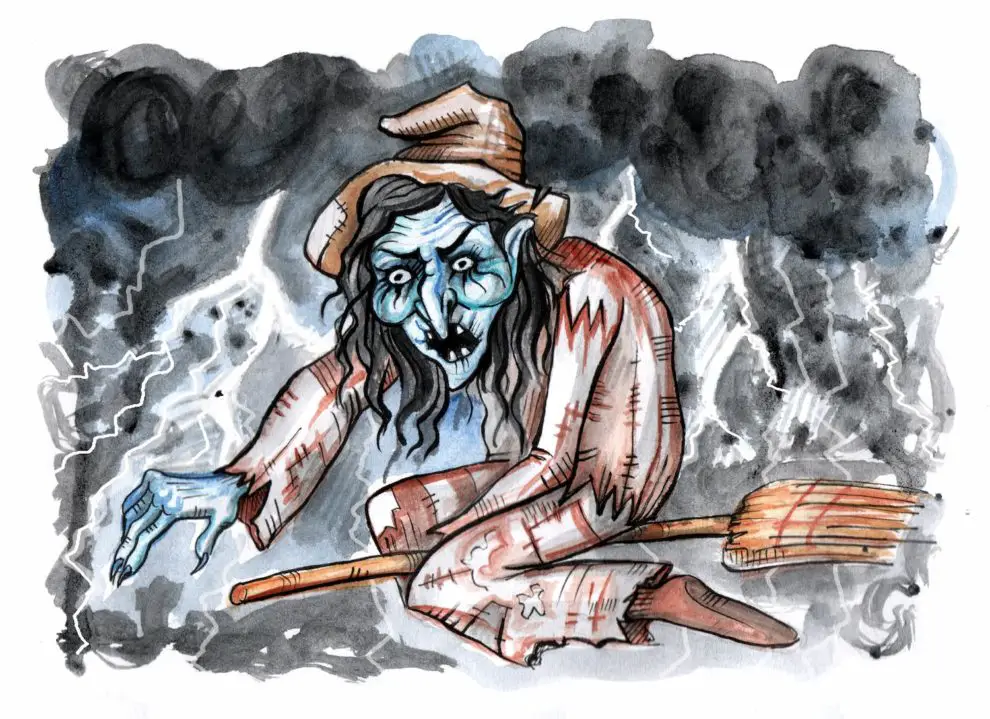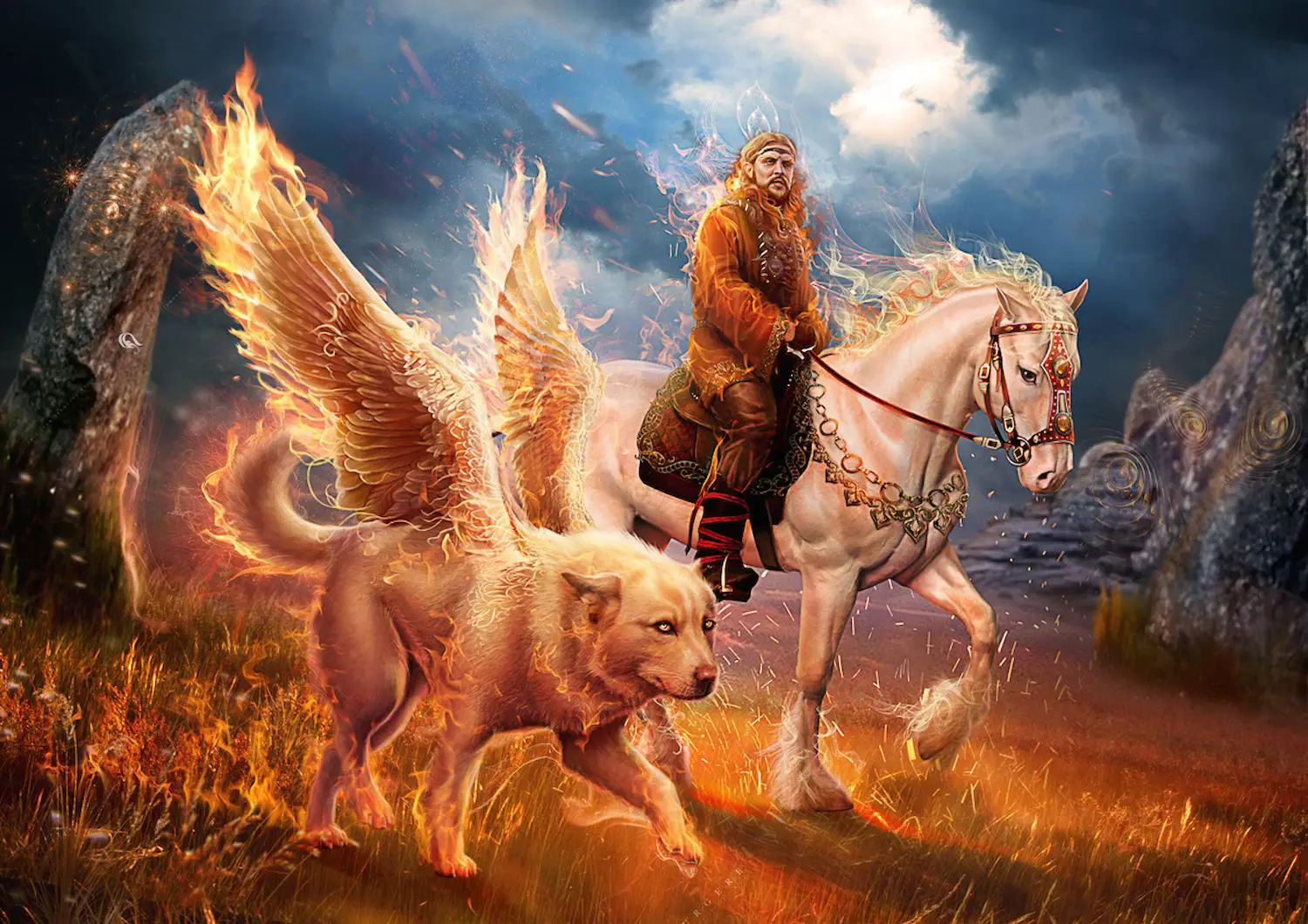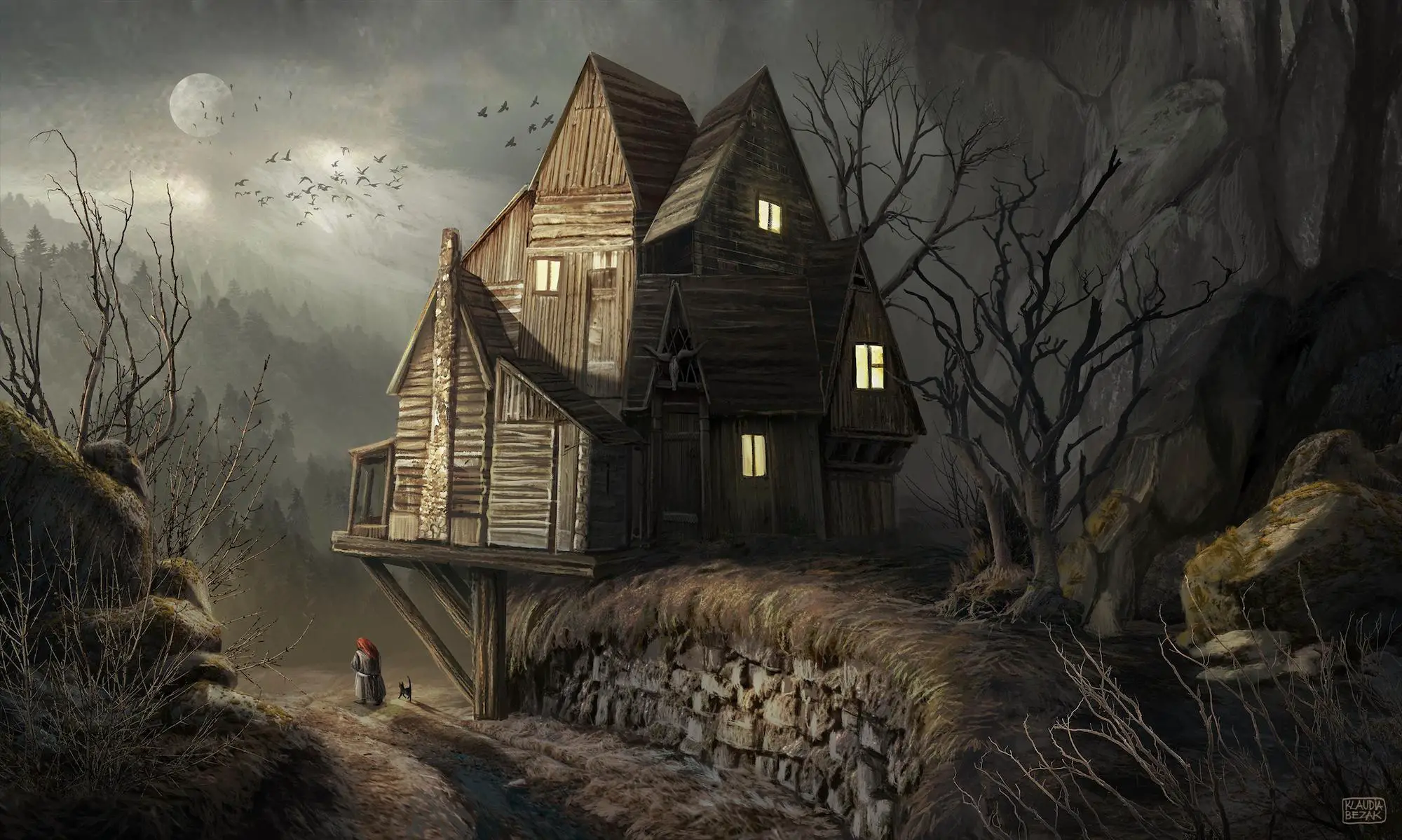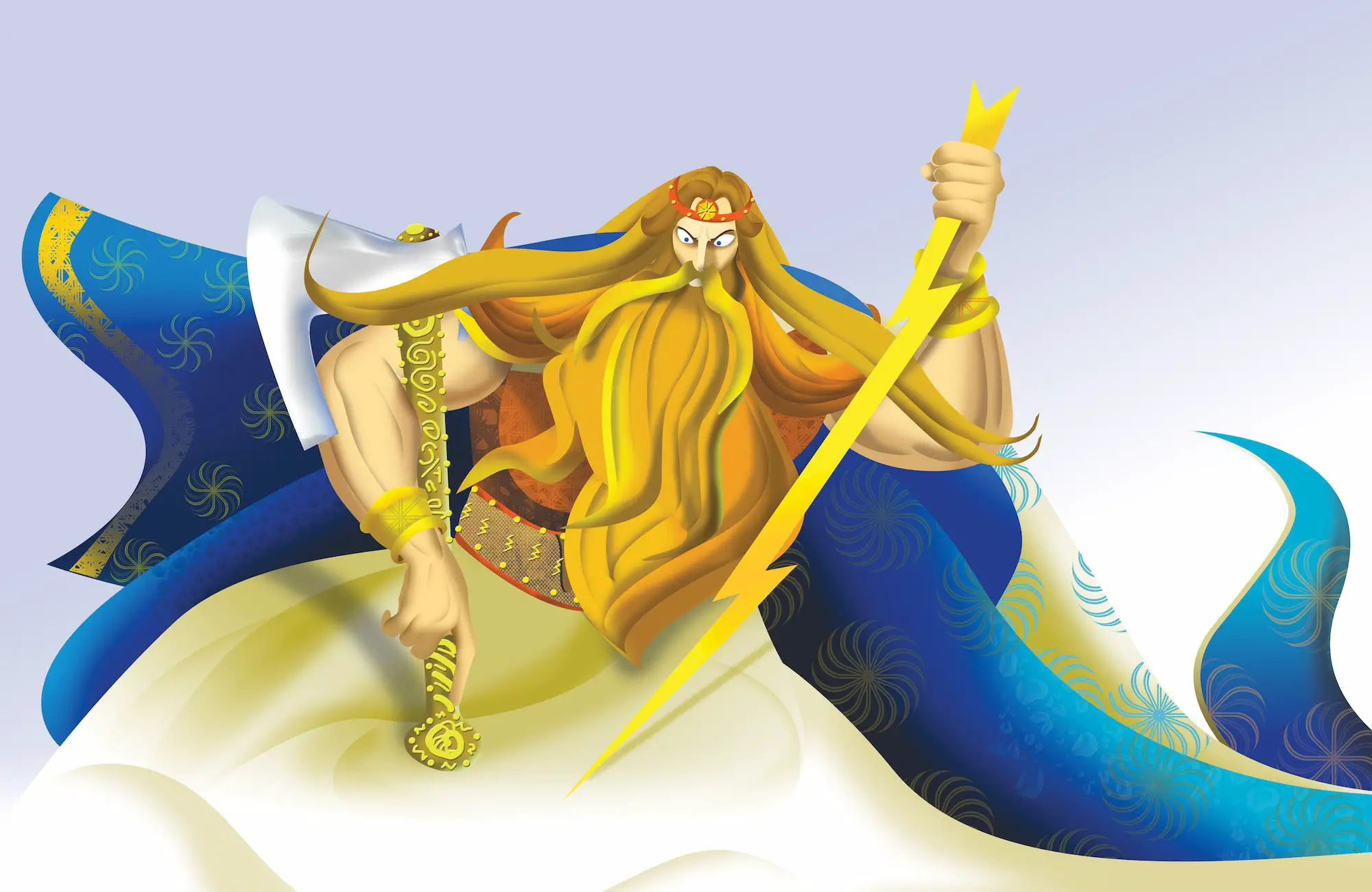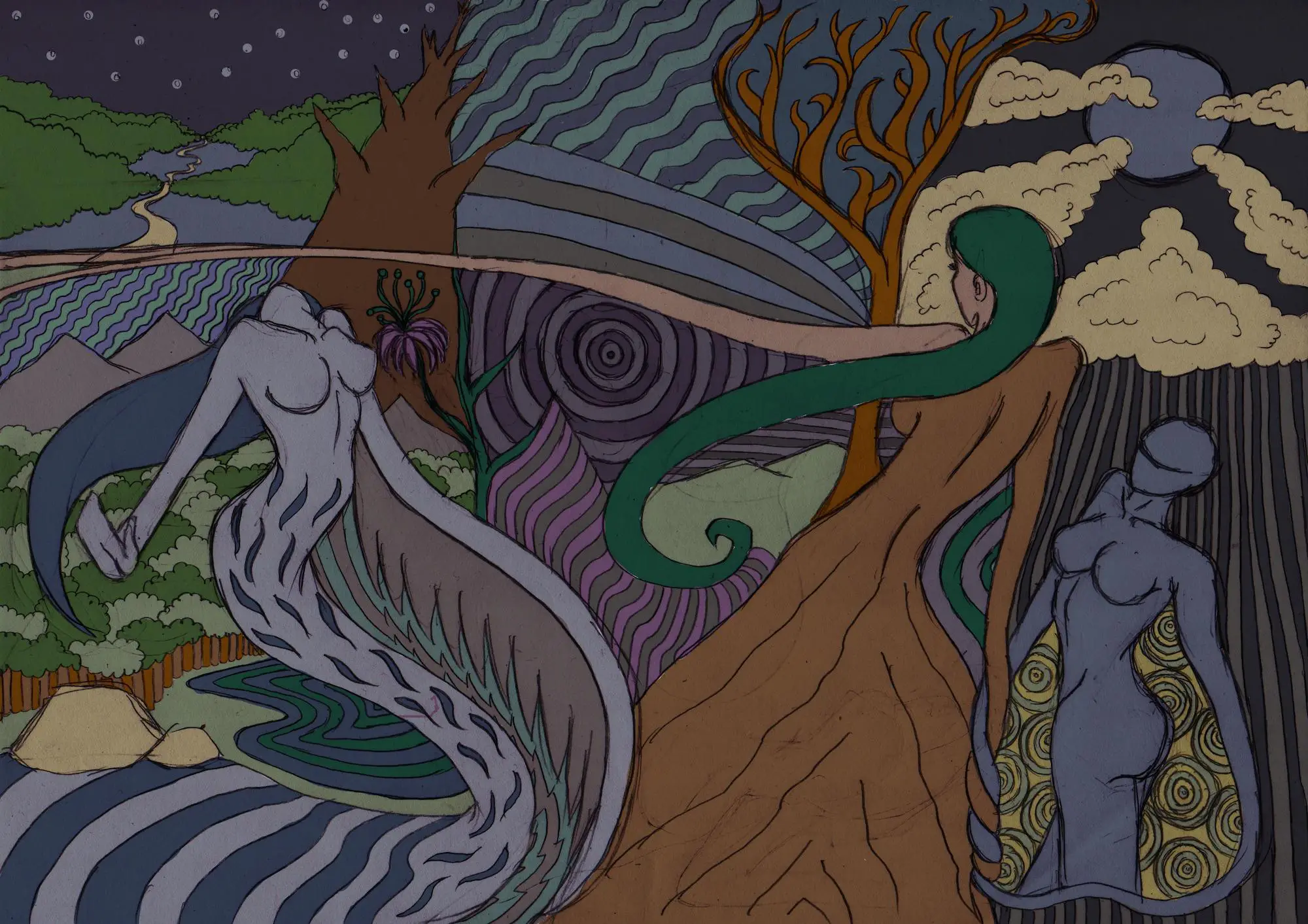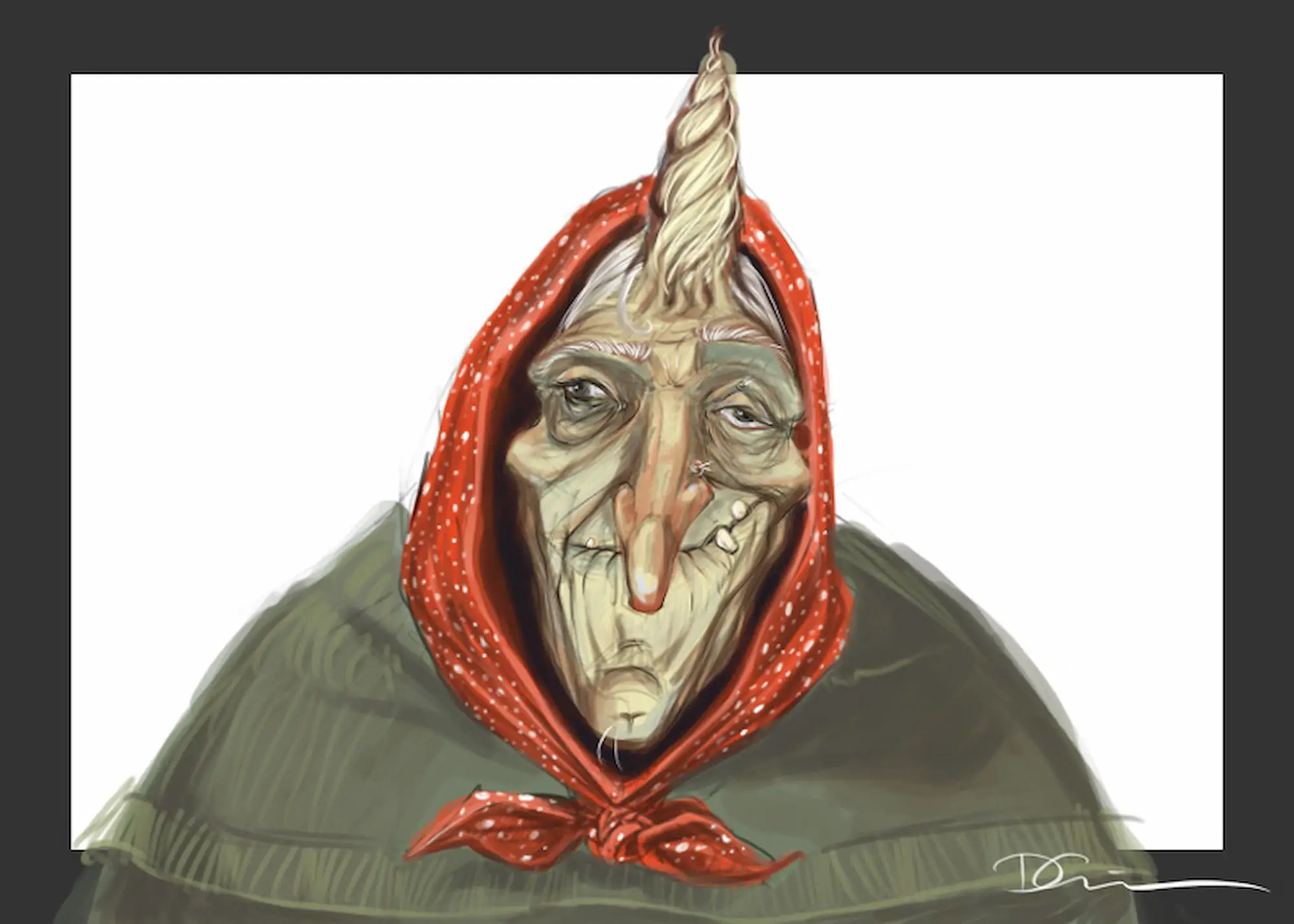Slavic mythology is a colorful world full of magical stories and legends. Ancient Slavs believed that all answers to the questions posed by the phenomena they encountered could be found in nature, as nature was their greatest ally and enemy.
Slavic myths are stories whose main characters are people and animals but there are also supernatural creatures that place obstacles or challenges for different heroes and heroines.
These mythological creatures are represented in different forms and contexts. This created the collection of fairy tales that the mythology of all Slavic people is based upon.
Most of them are personifications of certain inexplicable occurrences.
Ancient Slavs had a so-called animistic view on life and nature’s surroundings, i.e. they believed that all things in nature are alive, including stones, trees, forests, plants etc.
In the tales, the Slavic mythological creatures live in nature and many of them have human characteristics and looks.
The array of supernatural creatures and deities in Slavic mythology is quite wide and open to further research by historians and folklorists.
Table of Contents
Slavic Mythology Creatures
1. Polewnik
Polewnik was a character from Polish mythology, represented through an unbelievably short man whose face was full of festy pimples that gave him a grainy look while his ears were made of grain [1].
Polewnik walked and wandered through the fields all day long and tried to trick people he would meet. He would lead strangers in the wrong direction just to get them lost.
Polewnik was considered as an evil creature that strangled and murdered the people who were sleeping in the fields and he was especially hostile towards drunkards.
2. Werewolves
Men that turn into wolves at night, sometimes when there is a full moon, roaring in the dark.
Werewolves are present in the stories of every Slavic country and they are centered on a creature that looks like a wolf but becomes evil and hostile enough to brutally kill anyone who stands in its way. Werewolves can’t control their aggression and behavior.
It was believed that the transformation happens when a wolf would bite a human being or that it is a curse or a charm that can be put on someone.
Some legends represented werewolves as victims of black magic that ought to avenge someone or bring someone to justice.
3. Rusalka and Vila
The character of the Rusalka and Vila in the Slavic folklore belongs to the realm of the so-called water demons (or spirits).
In general, these two creatures represent the same entity but Rusalka is part of the Russian and Polish mythology while Vila is a South Slavic mythical character.
Rusalka or Vila is an evil female water demon that is portrayed as a beautiful young woman that lives on the riverside or inside lakes and rivers.
She was gorgeous and naked or dressed in a transparent silver robe, with green, long, silky hair like water grass, fair skin and often wore a floral wreath on the head ( made of herbs and flowers).
These creatures were demonized and according to many legends, they were women who drowned before they got married.
They lured men by charming them with their beauty and then drowned them in a lake or river. In some tales they dance with men until they burn out and die.
Another important characteristic was their ability to shapeshift into animals such as snakes, wolves, swans, horses or falcons.
4. Baba Yaga
Baba Yaga is one of the most famous creatures from Slavic mythology. She is also known as Baba Yaya and is present in many Russian, Belarus and Ukrainian tales [2].
The character of Baba Yaga is portrayed as an old woman that looks almost like a witch. She rides a mortar or a broom and has a pestle and does nasty and evil things to humans.
Baba Yaga lives deep in the forest in a house on chicken legs and she chases, scares and eats people, especially children.
Little children find Baba Yaga as a very unpleasant character so grown-ups use it to scare them off.
The forest house of Baba Yaga has hooves on the door and a thatched roof.
She is represented as a villain although many versions of the tale also connect her to the concept of the path to wisdom, portraying her as someone who gives challenges and lessons to people.
5. Domovoi
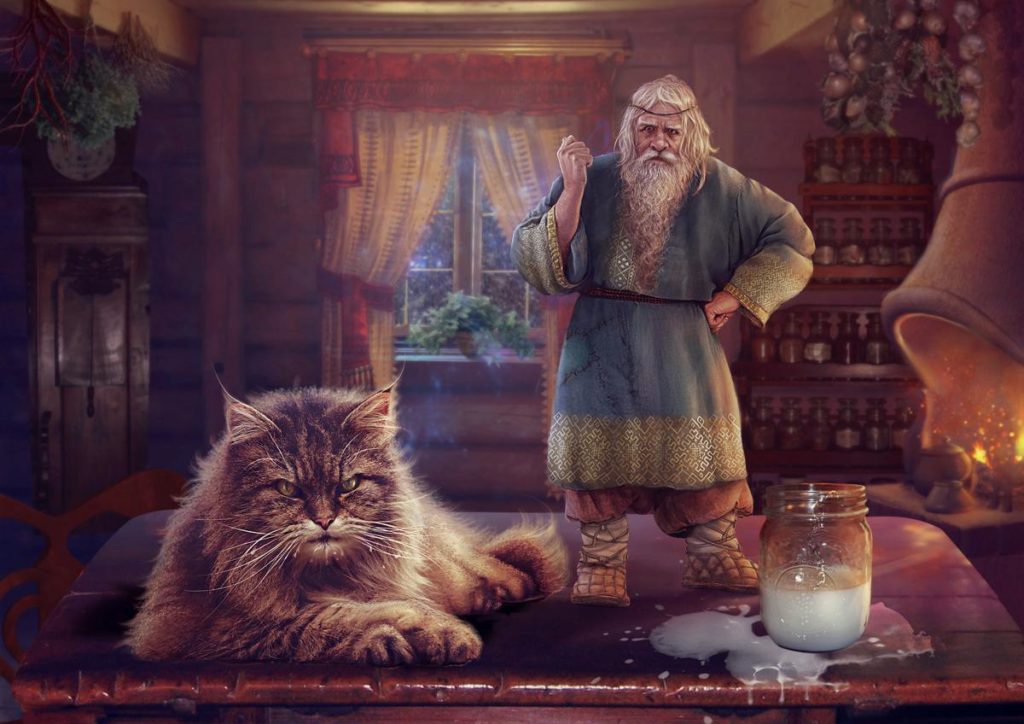
Domovois are, in fact, patrons of the household in Slavic mythology, i.e. creatures that live in someone’s home and may curse them or play the role of a lucky charm (depending on the house owner and the family).
Domovoi is represented as an old man that hides in the basement or in the attic and can protect your household (but only if you don’t make him angry).
In case you do, he will curse the house and the family and only bad things will happen to everyone who lives there.
On the other hand, Domovoi could also be a pleasant creature that brings good fortune.
If a person wanted to stay on good terms with him, they should leave him a slice of bread, sheep wool or a shiny object as a gift of gratitude.
6. Licho
Licho is a demon from Polish mythology.
He was considered as a horrible creature that was the epitome of all things evil and horrid in the world such as plagues, illnesses, troubles, sadness and poverty.
Licho was represented as a skin-and-bones woman who had one eye in the middle of her head and wore rags. Her hair was slimy and her skin was brittle.
The Polish folklore contains a lot of proverbs that are related to bad luck, caution and trouble and all of them mention Licho as the staple trouble maker.
7. Kikimora
Kikimora is a creature of legends in Slavic culture and folklore that is also a house spirit like Domovoi but is represented as a female version of him.
Kikimora is imagined as living in the house, behind the stove in the kitchen or in the cellar and one would usually notice her presence in the form of sounds made by a nibbling mouse.
Kikimora was the first explanation for sleep paralysis in the Russian culture.
It was believed that the Kikimora enters through the keyhole, sits on your chest while you sleep and tries to strangle you.
Also, two different kinds of Kikimora were distinguished – one that was married to Domovoi and came from the forest and other one that comes from the swamp and is married to Leshy, a forest ruler.
The latter was described as a very scary, ugly hunchbacked woman who is wearing clothes made of moss and grass. People believed that she scares people, leads travelers astray or takes away children.
8. Poroniec
Poroniec was the embodiment of an unclear force that causes fear and unexpected death, often caused by violence.
The Poroniec represented the spirits of children who had passed away before being baptized or died before they came to this world. Reportedly, the prematurely deceased children were envious of the life that never began for them.
According to the ancient beliefs, Poroniec were souls that were eternally condemned and often appeared late at night as infant birds that attacked children and women who were pregnant.
9. Alkanost
Alkanost was a bird in Polish mythology that came out only at night and had the face of a woman that was very beautiful.
However, some legend versions consider Alkanost as a demonic creature whose head represents the women who committed suicide after they had murdered their own offspring.
In one of the tales, the Alkanost would sing beautifully and thus lure men that she would later drive mad.
In another tale, the Alkanost lives in the underworld or lays its eggs on a beach and then takes them down under the sea so they would hatch.
When the eggs hatch, a thunderstorm arrives and the sea turns into a force so destructive that it becomes impossible to bear.
Therefore, Alkonost is considered the omen of storms and the ways of the seas.
10. Zmey Gorynych
Zmey Gorynych is the Slavic dragon that the mythological tales represent as “the snake of the mountains”. This creature is presented as a polycephalous creature that speaks the language of humans.
The zmey is a Russian mythological character that is portrayed as a male and lives on high mountains or deep in the forests.
It is described as a creature with a body full of red or green scales. It also has iron claws. One of its main characteristics was the ability to shapeshift and change its appearance, i.e. behavior.
For example, in some tales, the dragon would turn into a handsome young man. He would then trick his enemies and succeed in stealing a young girl and making her his bride.
In addition, this character also appears in the fairy tales and folklore of Ukraine.
11. Poludnitsa
Poludnitsa (also known as Lady Midday and Lady Rye) was a female demon of the fields. She could scare everyone who was working in the heat during the months of July and August.
It was believed that she always appeared at noon when the sun was at its strongest.
Poludnitsa was represented as a pale, tall and skinny woman who has long hair and is dressed in a transparent white dress. Some legends portrayed Poludnitsa as a skeleton while others showed her as an old woman.
It was said that Poludnitsa could charm a man to the point that he would lose his mind and all control of himself.
In fact, anyone who would end up drunk, sunstroken or exhausted after working in the field was considered enchanted by Poludnitsa.
Furthermore, it was believed that this mythological character was actually the soul of a woman who suffered a tragic death at her wedding or died unmarried.
The only way one could protect themselves from Poludnitsa was to avoid working in the fields in the middle of the day in summer.
12. Leshy
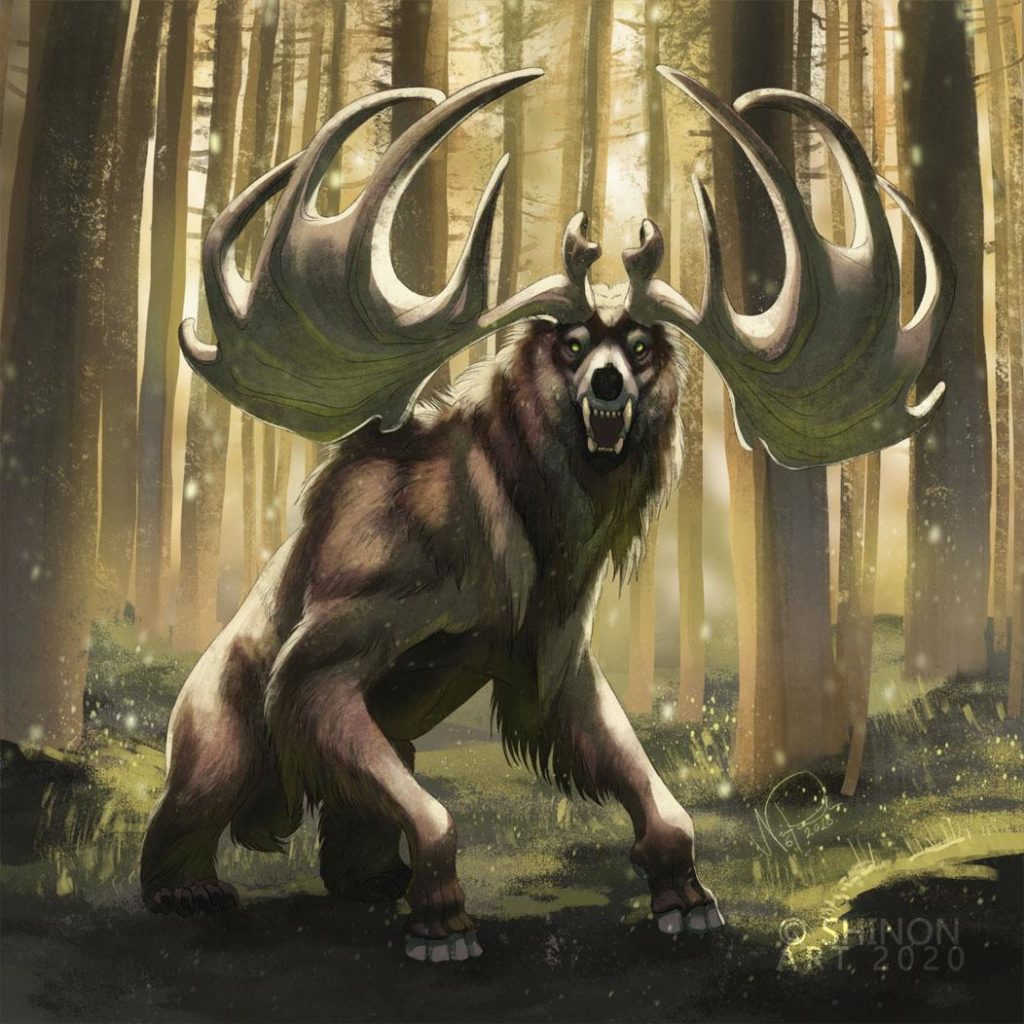
Leshy was a deity, i.e. spirit of the forests and hunting in Slavic mythology. He was always represented as a male with anthropomorphized body features.
Leshy was able to change his size and height, and sometimes, he was portrayed as a creature with horns that was surrounded by packs of bears and wolves.
Some legends represent him as an evil deity that deceives people and leads them astray or kidnaps their children. Therefore, he is considered an evil mythological entity.
It was believed that Leshy took away children who were cursed by their families and brought them to the forest creatures. He was also referred to as a “male fairy” or even a “forest dwarf”.
13. Dodola
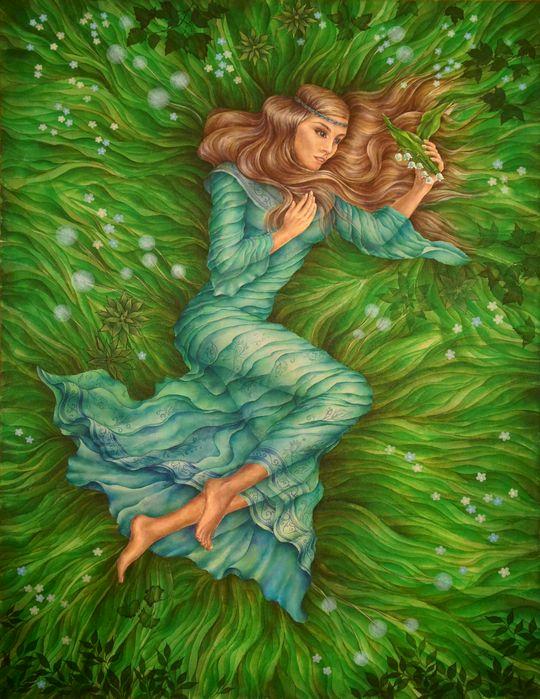
Slavic myths interpret Dodola as a Slavic goddess of rain and the wife of the god Perun who was the god of thunder and a supreme deity.
The Slavs believed that the sky and the clouds above were cows that she milked (and that is what caused rain to fall down on earth).
When spring would come, it was said that Dodola flew over the fields and forests and embellished the crowns of trees with fruits and blossoms.
Additionally, Dodola has become a pagan tradition that can be found even today in the Balkans.
This tradition is centered on a ceremony where a girl (in the past always an orphan) would wear a skirt of green vines and branches. Then the girl would sing and dance around the village [3].
She visits every home, stops in front of the doors of households and the hosts sprinkle water on her. This custom refers to the celebration of rain, a new blossoming of nature in spring and fertility.
14. Azhdaya
The iconic mythological creature known as Azhdaya is a demonic version of the Slavic dragon known as Zmay.
This character was represented as a serpent that had eaten another serpent or lived unbelievably long that it became enormous.
Some legends represent the Azhdaya with more heads that spit fire and make terrifying sounds. This character lives in mountains or caves and devours humans.
15. Chuma
Chuma represents the plague or the Black Death in folktales. In Serbian folklore, this character is portrayed as a scary old woman with messy hair and big eyes.
It was believed that she appeared at night, carrying a clay bowl with arrows in her hands with which she would kill people she met.
Sources
- https://discovercracow.com/top-20-most-scary-polish-folklore-creatures/
- https://archive.org/details/russianfolktales00afan_0
- https://symbolikon.com/downloads/dodola-slavic/







